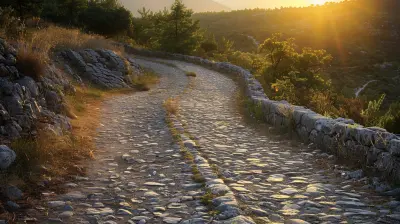Delving into History at the Ruins of Knossos
1 June 2025
If you've ever wanted to step into the pages of an ancient myth, Knossos is the place to be. This sprawling archaeological site on the Greek island of Crete isn't just a collection of dusty ruins—it’s a time machine. A place where legends of minotaurs and labyrinths collide with real history.
So, pack your metaphorical Indiana Jones hat (or a real sunhat because, trust me, Crete is HOT), and let’s unravel the secrets of the Palace of Knossos, the heart of the mysterious Minoan civilization. 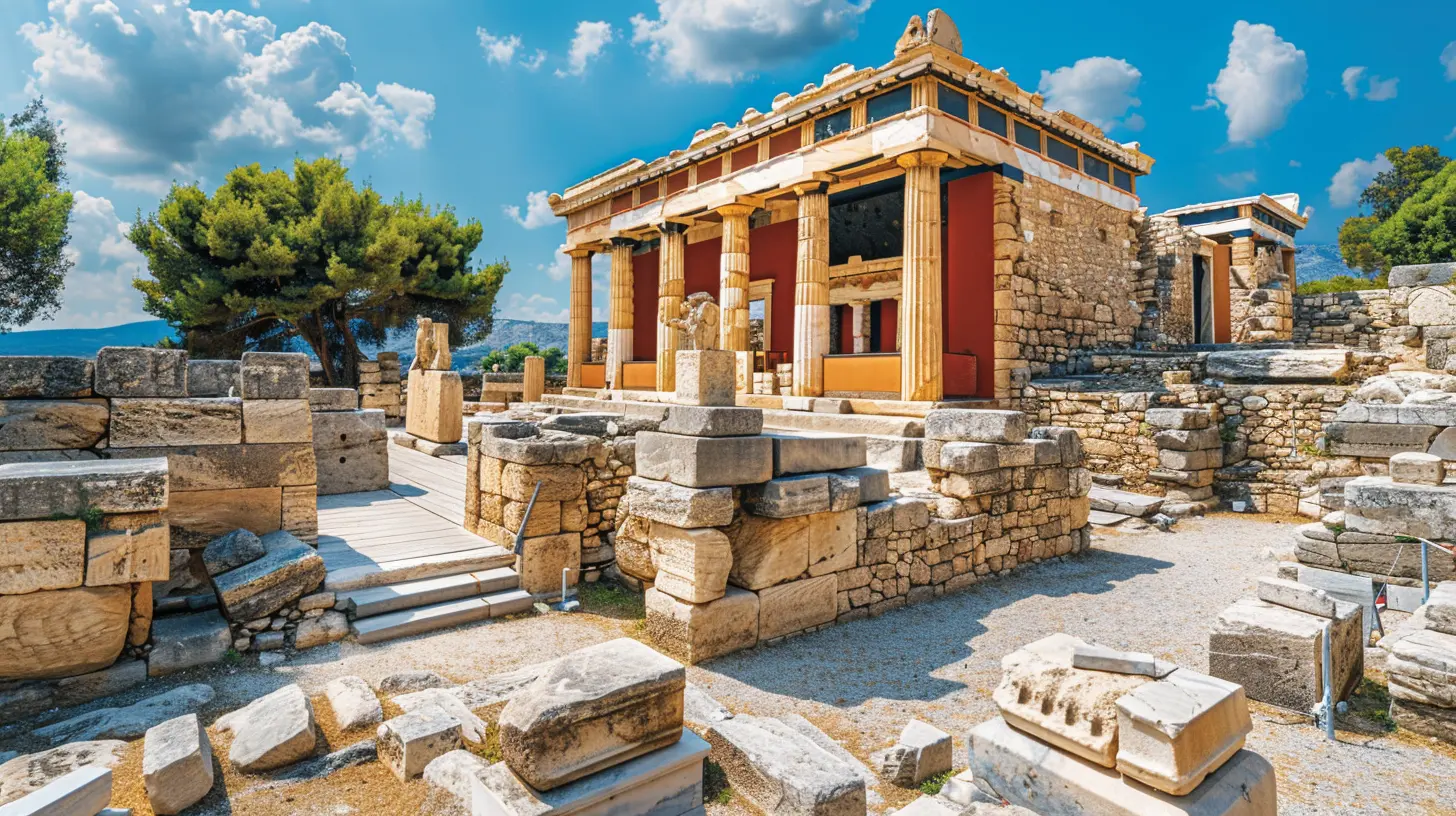
The Minoan Civilization: Who Were These People?
Before we dive into the ruins, let’s talk about the masterminds behind this place—the Minoans. These folks weren’t just your average ancient civilization; they were the rockstars of the Bronze Age (around 2000–1400 BCE).They built palaces, created vibrant frescoes, and even had plumbing (yes, ancient indoor plumbing!). While the rest of the world was still figuring out how to make fire without burning themselves, the Minoans were leading a sophisticated, sea-faring society.
And then...poof. They vanished. Okay, not literally, but their civilization declined, and historians are still arguing over why. Some say it was a massive volcanic eruption, others blame invaders. Either way, they left behind one of the most intriguing ruins in the world—Knossos. 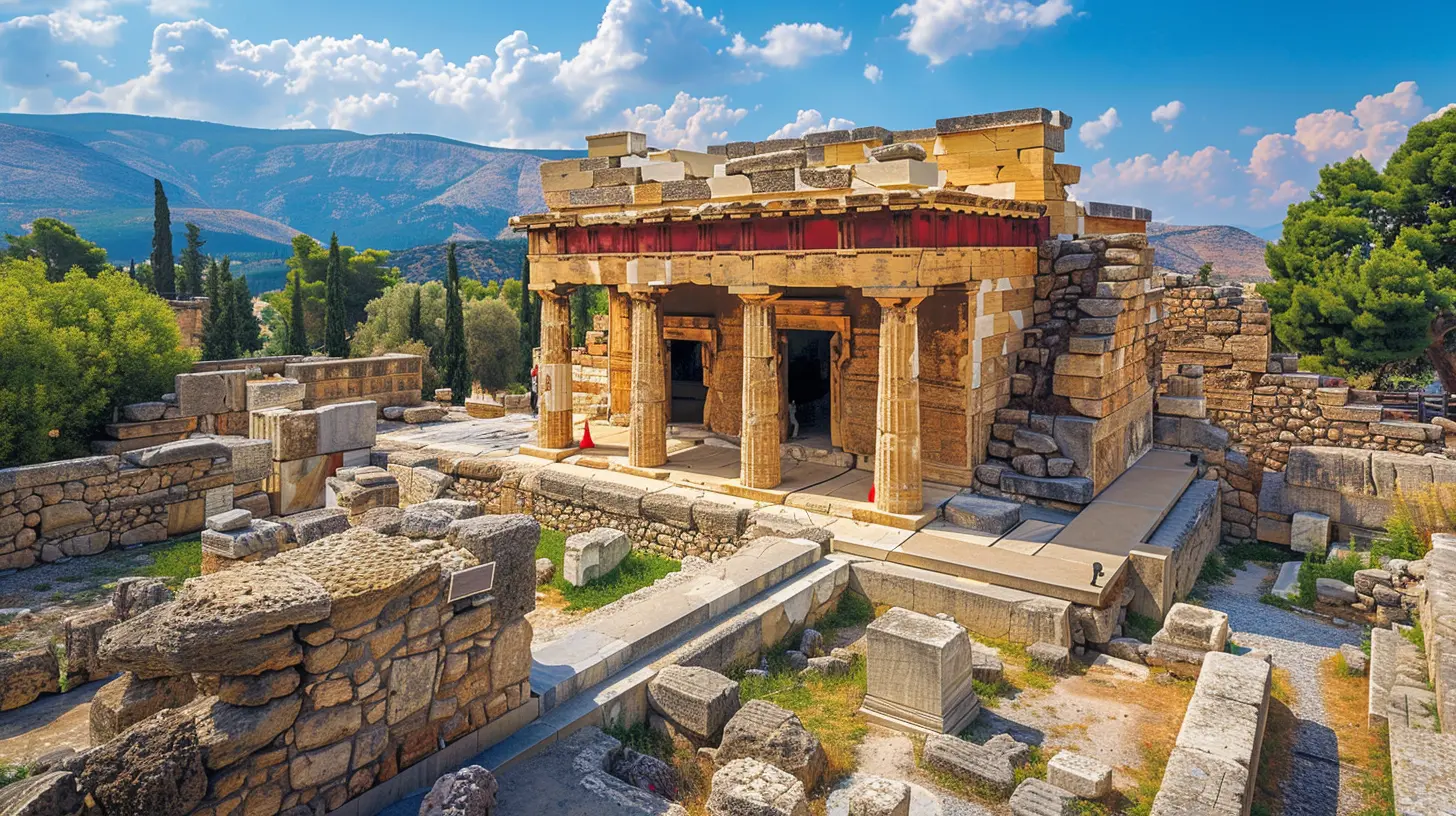
Getting to Knossos
Knossos is just a short drive from Heraklion, the capital of Crete. If you’re staying in the city, you can hop on a bus, rent a car, or even walk there if you’re feeling ambitious (but remember that sun I mentioned earlier!).Once you arrive, be prepared. This place is popular. Expect crowds, especially in peak tourist season (April–October). But don’t let that deter you—the experience is 100% worth it.
Pro Tip:
Beat the crowds by visiting early in the morning or late in the afternoon. Bonus: You’ll also avoid the blistering midday heat.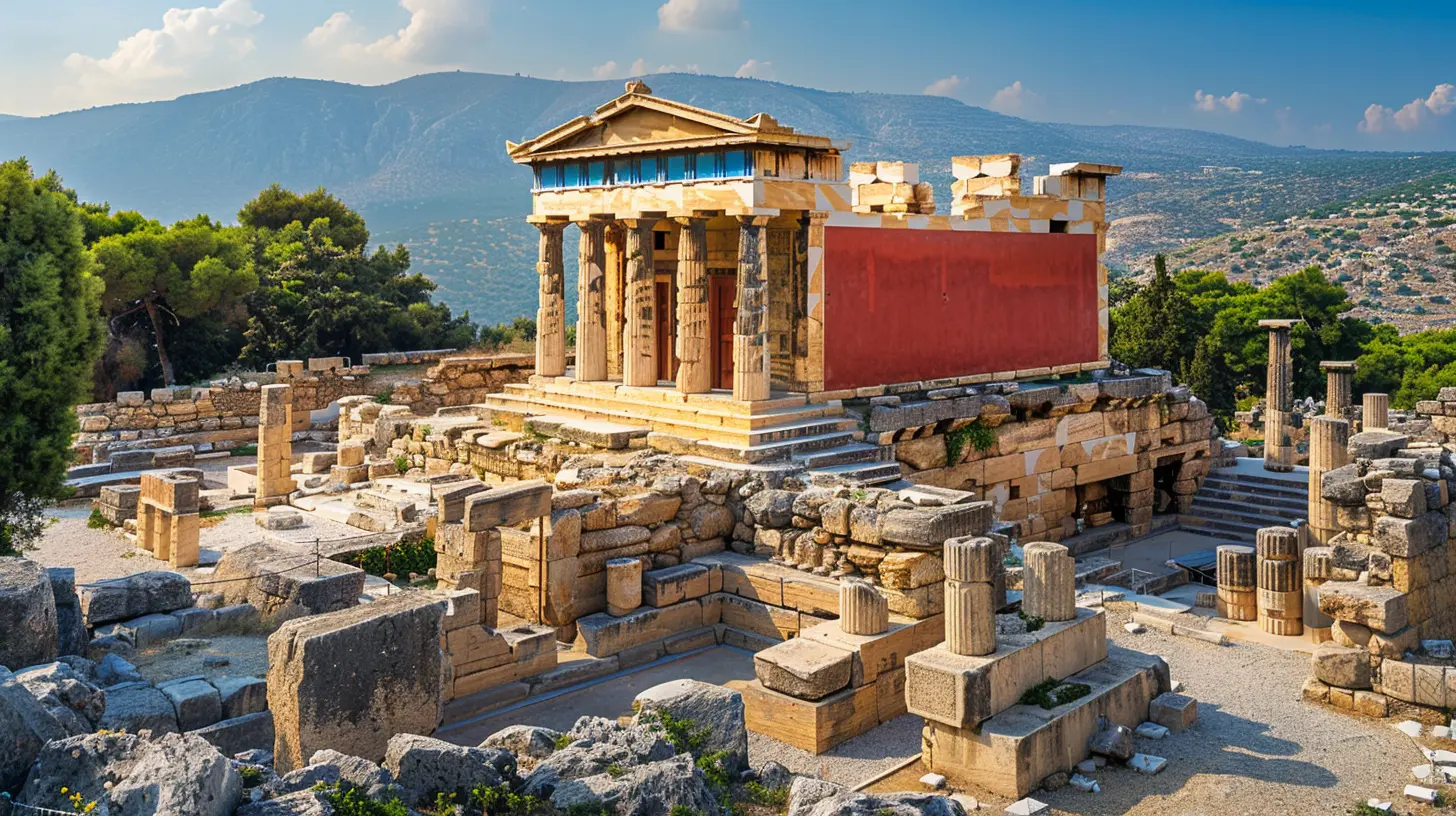
The Legendary Palace of Knossos
Now, let’s get to the juicy part—the ruins themselves. Knossos isn’t just a pile of rocks; it’s an architectural marvel packed with mystery, legend, and surprisingly well-preserved art.1. The Labyrinth Legend and the Minotaur
Ever heard of the Minotaur? That terrifying half-man, half-bull creature said to lurk in a labyrinth? This is where that myth was born.According to legend, King Minos—Knossos’s mythical ruler—had a labyrinth built beneath the palace to imprison the Minotaur. Greek hero Theseus eventually killed the beast with the help of Minos's daughter, Ariadne, who gave him a ball of thread to navigate the maze (talk about an ancient life hack).
While historians haven’t found a literal labyrinth, the palace itself is a maze of intricate rooms, corridors, and staircases. So, perhaps the legend wasn’t too far off?
2. The Throne Room: Fit for a King (or Priestess?)
One of the most exciting discoveries at Knossos is the Throne Room. Here, you’ll find an ancient stone throne (possibly the oldest in Europe!) surrounded by frescoes of mythical griffins.Who sat here? That’s still up for debate. Some say it was King Minos, while others believe high priestesses (yep, girl power) may have held court here. Either way, standing in this room gives you an eerie sense of stepping back in time.
3. The Stunning Frescoes: A Peek into Minoan Life
Forget dull stone walls—Knossos was once bursting with color. The Minoans adored vibrant frescoes, and many are still visible today.Some of the most famous include:
- The Prince of the Lilies – A striking depiction of a young man wearing a crown of lilies.
- The Dolphin Fresco – Found in the Queen’s Megaron, this scene of dolphins swimming is so detailed it could pass for modern art.
- The Bull-Leaping Fresco – A depiction of a Minoan sport where people literally somersaulted over bulls. Insane but apparently real.
4. The Minoan Plumbing System: Ancient Engineering Genius
Believe it or not, Knossos had an advanced plumbing system, complete with drainage and running water. The palace even had flushing toilets—something parts of Europe wouldn’t see for another few thousand years!If that doesn’t impress you, I don’t know what will. 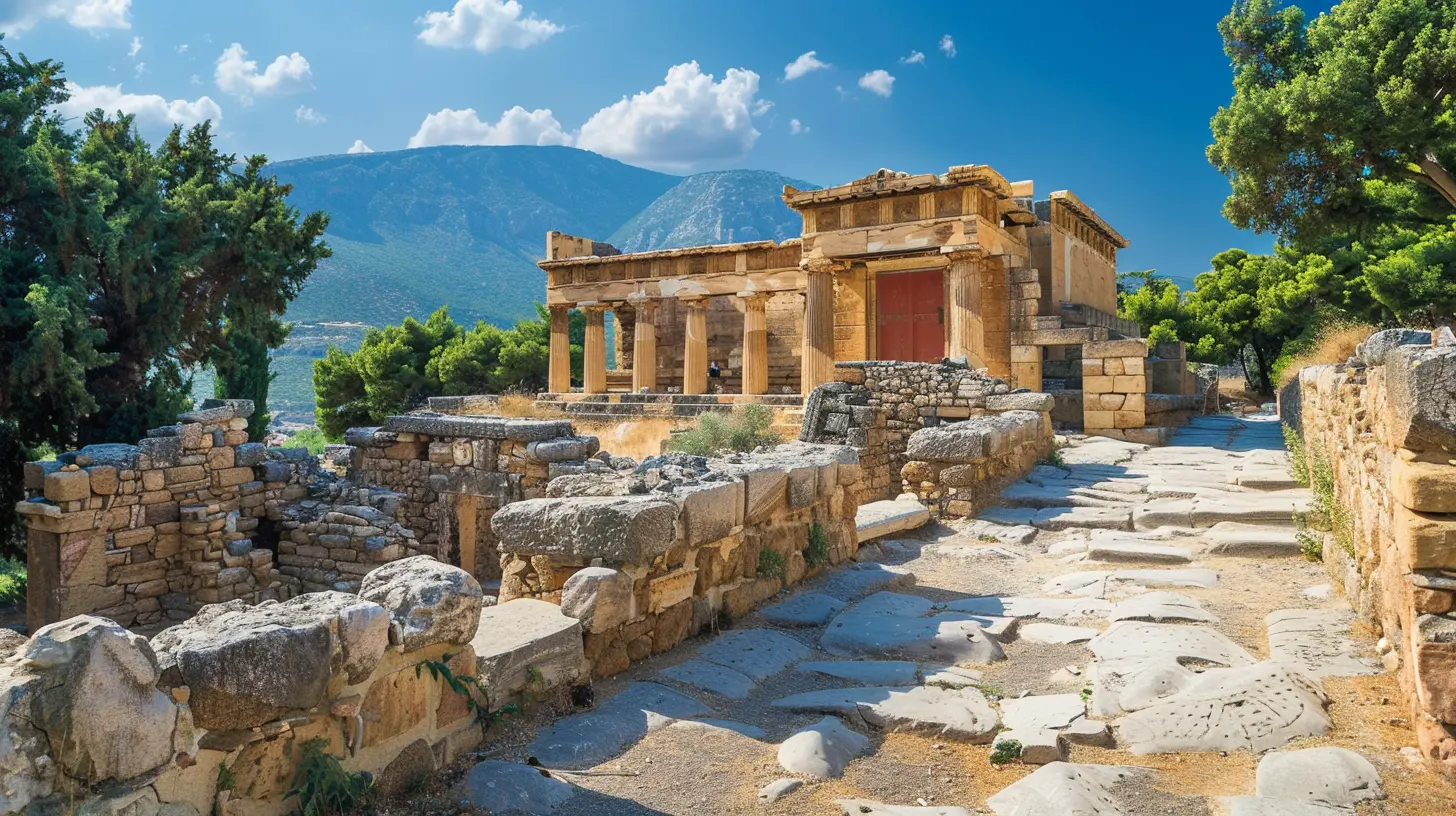
The Downfall of Knossos
For a civilization so advanced, you’d think the Minoans would be unstoppable. But around 1400 BCE, Knossos fell into decline, and no one is entirely sure why.Several theories exist:
- The Thera Eruption – A massive volcanic eruption on Santorini may have triggered tsunamis and climate chaos, crippling Crete.
- Mycenaean Invasion – Some believe the Mycenaeans (the guys who later inspired Homer’s epics) took over.
- Natural Disasters – Earthquakes, fires, and other disasters could have played a role.
Whatever the reason, Knossos was abandoned, left to be reclaimed by time—until archaeologists rediscovered it in the late 19th century.
The Controversial Restoration of Knossos
Here’s where things get a little spicy in the archaeological world. The ruins you see today aren’t exactly untouched.In the early 1900s, British archaeologist Sir Arthur Evans led a major excavation of Knossos. But he didn’t just dig things up—he rebuilt parts of the site using his own interpretations. This included repainting frescoes and even reconstructing buildings with concrete.
Some historians love Evans for bringing Knossos to life. Others argue that his “creative liberties” altered history.
Where do you stand? That’s for you to decide when you visit!
Tips for Visiting Knossos
Thinking of making the trip? Here are some must-know tips:✅ Wear Comfortable Shoes – The site is big, and you’ll be doing a lot of walking over uneven ground.
✅ Bring Water & Sunscreen – Crete is hot, and there’s not a ton of shade.
✅ Hire a Guide (or Get an Audio Tour) – Knossos is fascinating, but without context, it’s just a bunch of stones. A guide or audio tour makes all the difference.
✅ Visit the Heraklion Archaeological Museum – Many artifacts from Knossos (including the stunning frescoes) are housed here. It’s a must-see!
✅ Go Early or Late – Beat the heat and crowds by visiting early morning or late in the afternoon.
Final Thoughts
Knossos isn’t just another archaeological site—it’s a place where myth and history intertwine. Walking among these ancient ruins, it’s easy to imagine a time of bustling palaces, powerful priestesses, and labyrinthine legends.Whether you’re a history buff, a mythology nerd, or just someone who loves a good ancient mystery, Knossos is a must-visit. And hey, who knows? Maybe you’ll even find a hidden passage leading to the real labyrinth... just don’t wake the Minotaur!
all images in this post were generated using AI tools
Category:
Ancient RuinsAuthor:

Pierre McKinney
Discussion
rate this article
3 comments
Sebastian Hensley
The ruins of Knossos offer a captivating glimpse into Minoan civilization, blending mythology with history. Exploring its intricate frescoes and architectural innovations not only illuminates ancient societal structures but also invites reflection on the enduring impact of cultural heritage in shaping modern perspectives on civilization.
June 8, 2025 at 4:42 PM

Pierre McKinney
Thank you for your thoughtful comment! I completely agree—Knossos truly embodies the rich interplay between mythology and history, showcasing the profound influence of Minoan civilization on our understanding of cultural heritage today.
Vincent McCarthy
Exploring the ruins of Knossos offers a captivating glimpse into ancient Minoan civilization, rich with history and stunning archaeological discoveries. A must-visit!
June 4, 2025 at 4:26 AM

Pierre McKinney
Thank you! I'm glad you found Knossos fascinating—it's truly a remarkable window into Minoan civilization!
Enid Soto
Absolutely captivating! Knossos offers a unique glimpse into ancient history.
June 2, 2025 at 4:09 AM

Pierre McKinney
Thank you! I'm glad you found it captivating—Knossos truly is a remarkable window into the past!



